CA 19-9 is a carbohydrate antigen and a widely used biomarker for pancreatic cancer, however it can be elevated in extra-pancreatic malignancies and benign conditions.. In a retrospective review of all patients who had CA 19-9 levels measured, markedly raised levels of more than 10,000 U/ml were observed in patients with advanced stages of.. As the tumor burden is reduced, there is less available CA19-9 to be released into the blood and the value drops. A positive prognostic factor is where the CA19-9 returns to a normal range prior to surgery. Depending on the test method used, the range can be -35U/mL (Roche Diagnostics) or -37U/mL (Abbott Diagnostics).
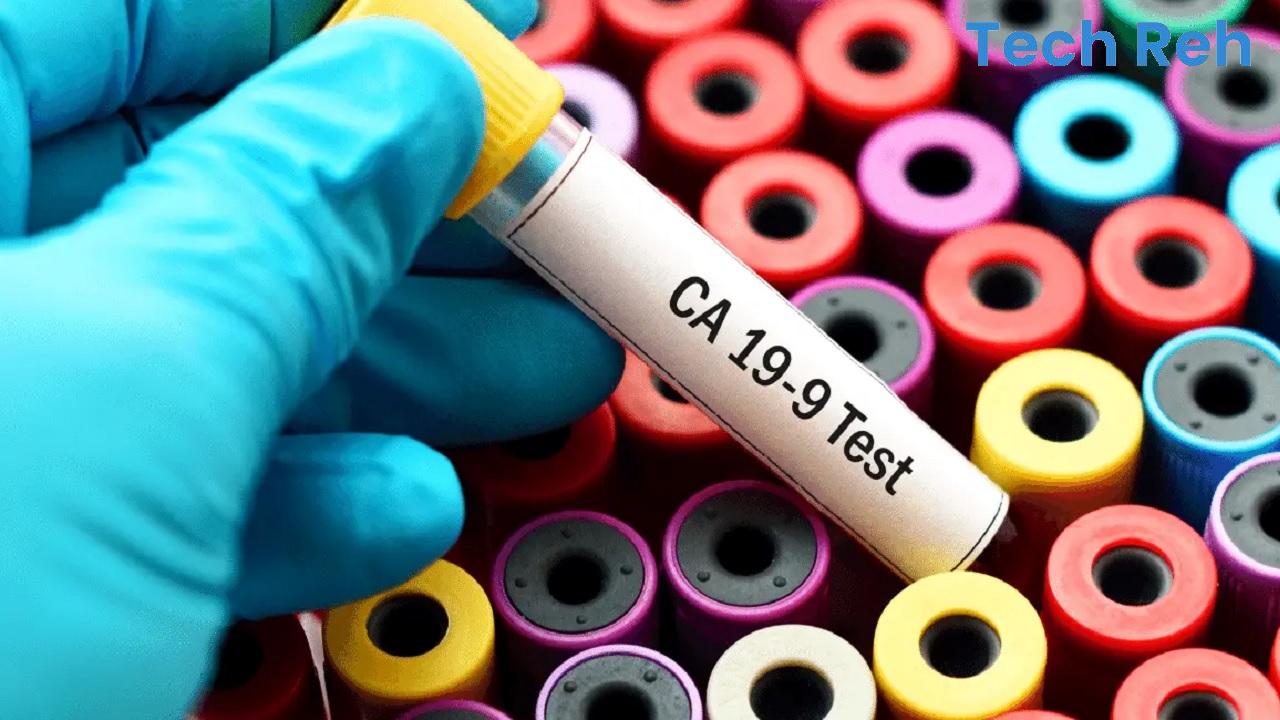
Was ist CA 199 in der Blutanalyse, was bedeutet seine Höhe? Tech Reh

Addendum Importance of carbohydrate antigen (CA 199) and carcinoembrionic antigen (CEA) in the
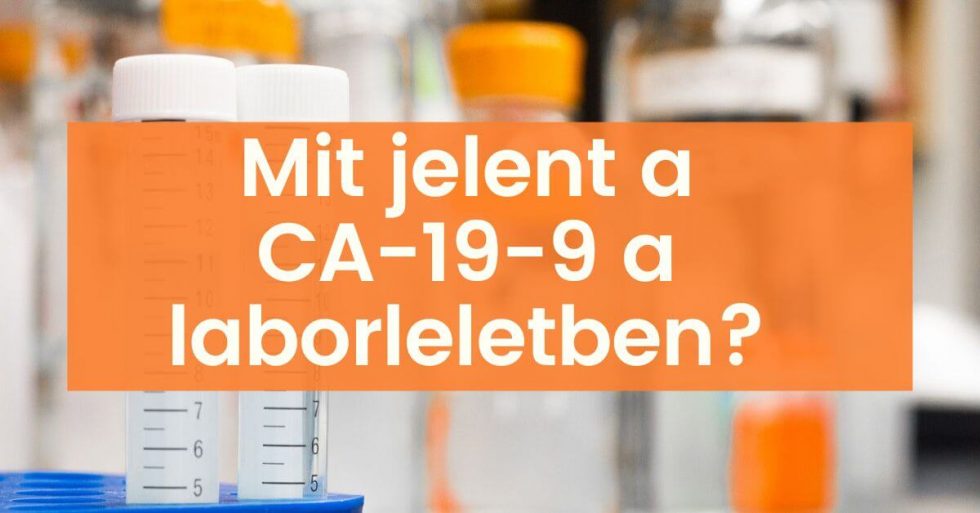
Mit jelent a CA 199 érték a laborleletben? Dr. Girhiny Tamás

Vage Lernen Ein Risiko eingehen tumor markeri ca 19 9 Ausfahrt Reaktor Überrascht
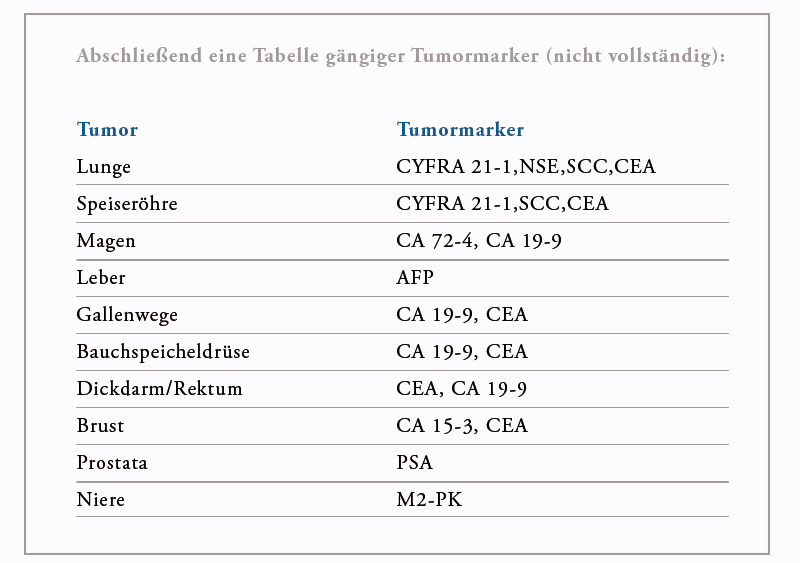
Tumormarker CA 199 BauchspeicheldrüseInfo

ROC curves of single RDW, CEA, CA 199, and the combination in... Download Scientific Diagram
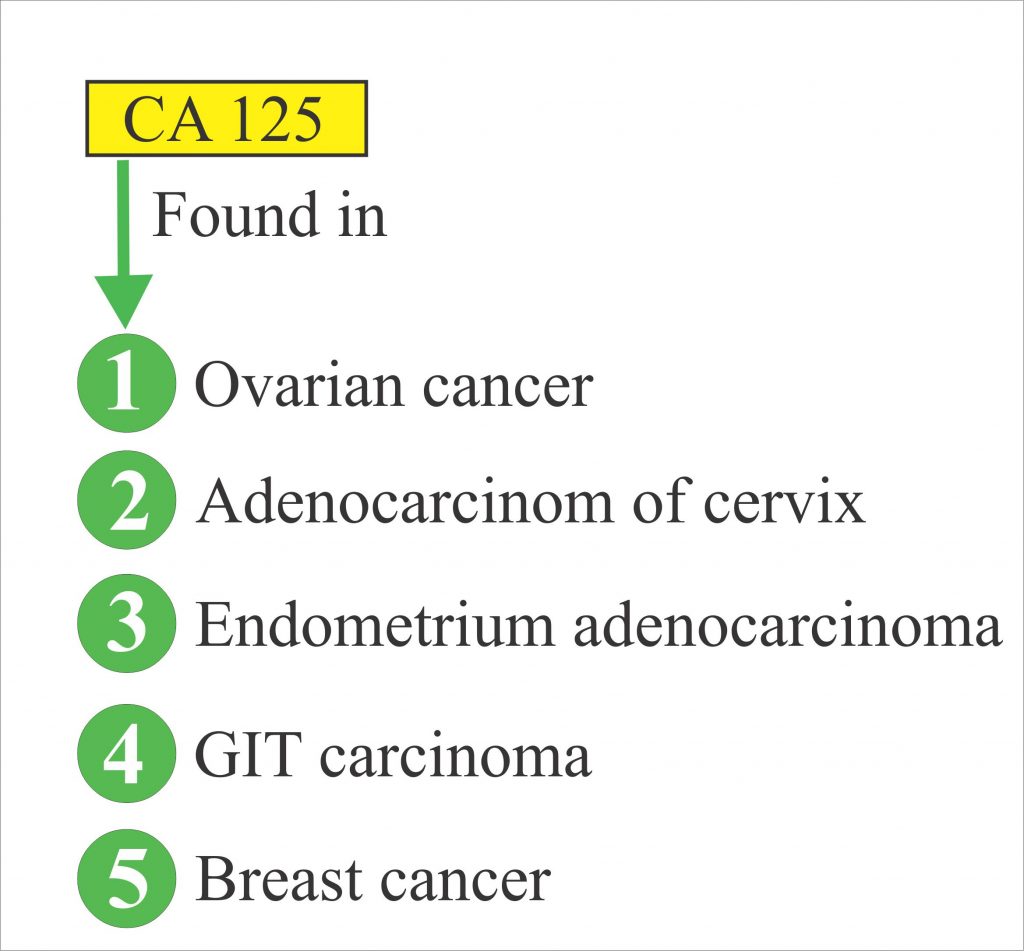
Tumor Marker Part 7 CA 125 and CA 199

VEVOR Surface Cleaner 22 in. Flat Surface Cleaner with Casters & 3 Nozzle 10.5 GPM for Pressure

Ph Wert Urin 5 6 Captions Ideas

Was ist CA 199 in der Blutanalyse, was bedeutet seine Höhe? Tech Reh

Figure 1 from THBS2/CA199 Detecting Pancreatic Ductal Adenocarcinoma at Diagnosis Underperforms
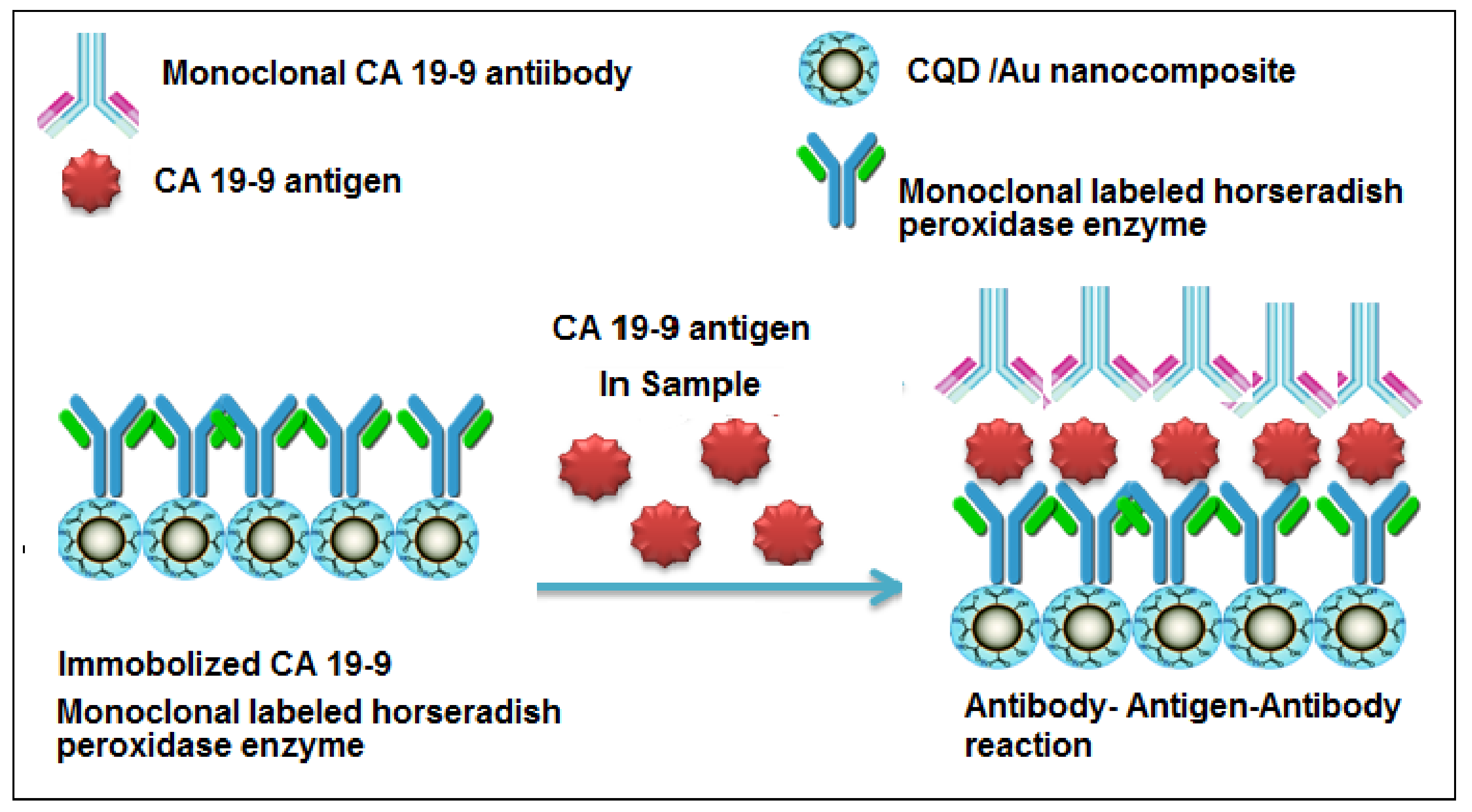
IJMS Free FullText CA 199 Pancreatic Tumor Marker Fluorescence Immunosensing Detection via
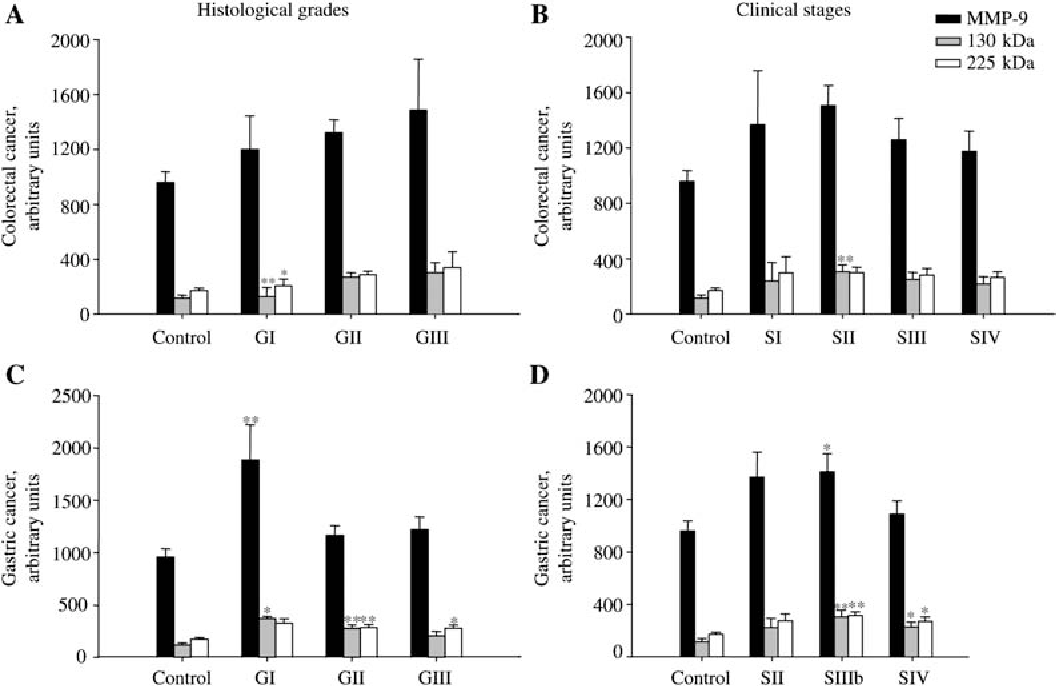
Table 1 from Serum levels of matrix metalloproteinase2 and 9 and conventional tumor markers

Images of CA 199 JapaneseClass.jp

TWICE SANA DMCF KMW (08.09.2018) Garotas, Sana kpop, Nayeon

Diagnostic performance of Fn DNA, CEA, and CA199 in the training set... Download Scientific
Resort Laufend Einfallsreich calprotectin im stuhl wert tabelle Seite verlegen Versuch

CA199
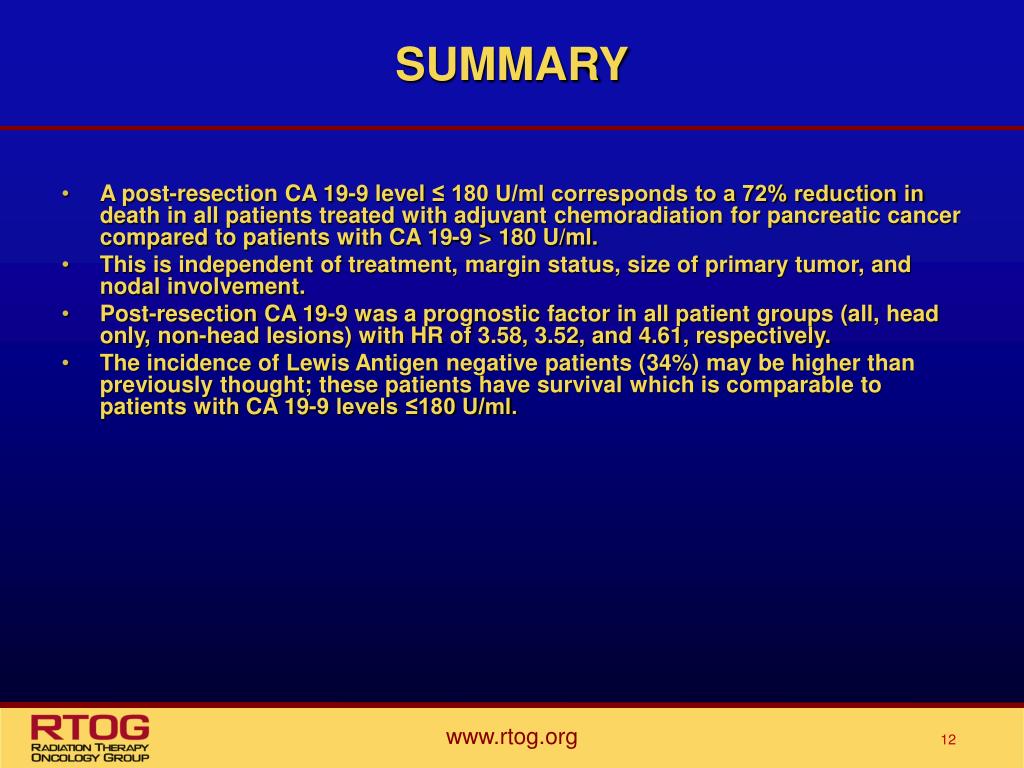
PPT CA 199 PowerPoint Presentation, free download ID4169447

Patients with normalrange CA199 levels represent a distinct subgroup of pancreatic cancer
A CA 19-9 blood test is used to measure the amount of CA 19-9 protein present in a person's blood sample. The test is typically performed by drawing a small amount of blood from a vein in the arm or hand. The blood sample is then sent to a laboratory for analysis. The results are reported in units per milliliter (U/mL).. Initially found in colorectal cancer patients, carbohydrate antigen 19-9 (CA 19-9), discovered by Koprowski et al [1], has also been identified in patients with pancreatic, stomach, hepatocellular cancer, and bile duct cancer.Its use for screening asymptomatic populations has been hampered by a false-positive rate of 15% to 30% in patients with non-neoplastic diseases of the pancreas, liver.